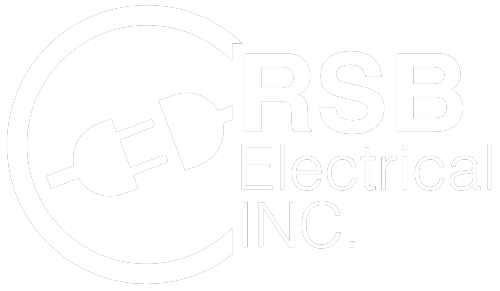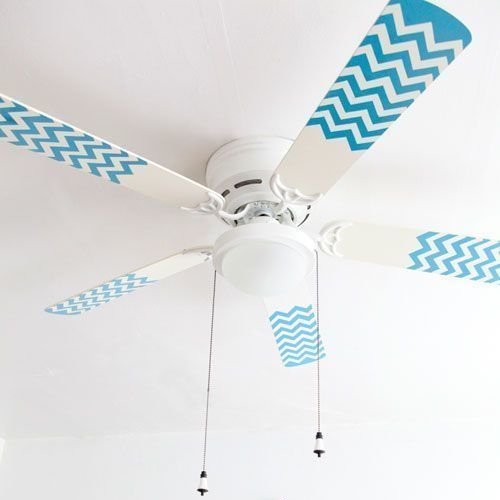How Ceiling Fans Work In Summer And Winter
When summer comes, that means it’s time to turn on your ceiling fans. When winter comes, that means it’s time to…turn on your ceiling fans!
But, wait, you think, I don’t want cold air blowing on me when I’m trying to keep the furnace bill low!
True enough.
But, consider how a ceiling fan works. The moving blades of a ceiling fan push the air downward, which blows your body heat away from your skin, thereby cooling you off. This movement means that a room with a ceiling fan isn’t cooler, but feels more refreshing because of the interaction with your body, so you don’t run your air conditioning as much.
When winter comes, you need to hold that body heat. But, if you have a reverse switch on your ceiling fan, and change the blade direction from counterclockwise to the clockwise direction, the moving air won’t blow on you. The shape and movement of the blades will create an updraft, and the clockwise direction will blow the air on the ceiling.
Remember fourth-grade science class? Heat rises. That means the heat from your furnace naturally moves upward, where it lingers. So, when you create an updraft with the reverse switch, that updraft pulls the air from the bottom of the room to the ceiling. The air flow will push the air outwards against all the warm air up there, and that warm air will be forced out and down the walls, bringing warm air down to you, instead of leaving it up there to heat your ceiling paint. Hence, you don’t have to run your furnace so much. So, essentially, a ceiling fan can save you money during the summer and the winter, as well.
The Switch
The ceiling fan switch should be located on one side of the base of your ceiling fan. Before you begin, turn the ceiling fan off. Don’t just pull the on/off chain. Walk over and turn the wall switch off, as well. Sad to say, this important safety tip is ignored by many. When you're up there changing the fan blade direction, it's good to wipe off the light covers, clean the blades, or even paint them in a lovely color or with a pattern.
Once you make the switch, you aren’t under a blowing fan anymore; you are under what is essentially the back of a fan, which won’t make you colder. The circulation of the warm air from the ceiling down to you means you won’t run your furnace as much, which will save you money in the long-term.
If any of your ceiling fans wobble, are outdated, or if they don’t have the fantastic reverse switch, give us a call. Ceiling fans have great long term energy value, and we can work with you to make sure you get all the benefits of ceiling fans, in summer, and winter.
RSB Electrical has trained, professional, and experienced electricians to offer reliable electrical services, including electrical wiring for barns, exhaust fan installation, aluminum wiring repair, and ceiling fan installation in Mesa, AZ. As a family-owned and operated business, we are committed to serve our community. Call 480-485-4284 to request a service.


